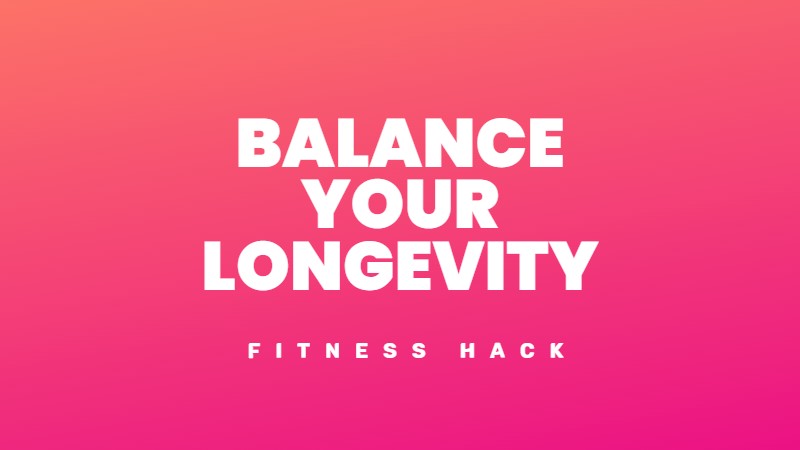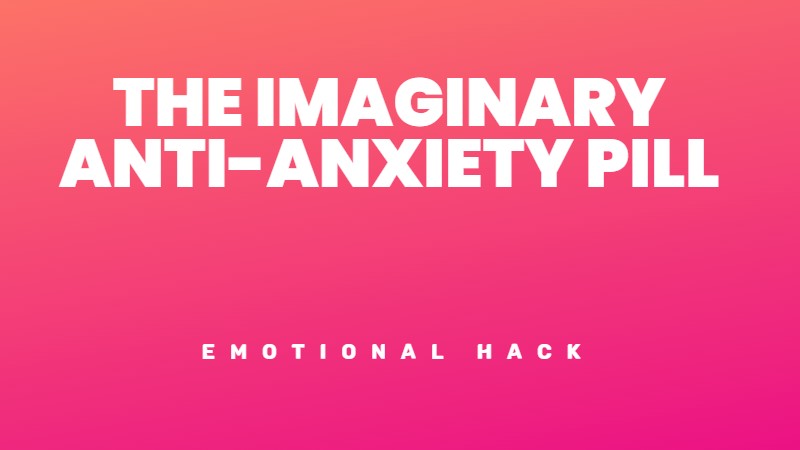For decades, health experts have warned us to eat less salt. But their pleas fell on deaf ears as we continued to sprinkle the white crystals on everything from french fries to popcorn. I know my salt habit isn’t doing my body any favours. High blood pressure runs in my family, and I’ve seen firsthand the damage it can do. So when the WHO recommended switching to potassium salt, I was intrigued. Can I get the flavour I crave without the side of guilt?
Potassium salt is the healthier alternative to table salt
The World Health Organization (WHO) now recommends switching from regular table salt to potassium-enriched salt. Making this one change in your kitchen could significantly improve your health.
Why is too much sodium bad for you? Excess sodium raises blood pressure, increasing the risk of heart disease, stroke and kidney problems. The WHO estimates that 1.9 million deaths worldwide each year stem from eating too much salt.
While guidelines advise limiting sodium to 2 grams per day, the average person consumes over 4 grams. Reducing the population’s sodium intake has proven challenging since it requires people to accept a less salty taste and change how they prepare food.
Potassium salt is a substitute that replaces some sodium chloride with potassium chloride. Potassium is an essential mineral that most people don’t get enough of. The high potassium content is one of the main reasons fruits and vegetables are so healthy.
Potassium salt delivers two health benefits:
Both of which help lower blood pressure. Large trials around the world show that switching to potassium salt cuts the risk of heart disease, stroke and premature death.
Cut your sodium intake and boost potassium with a simple swap
The beauty of potassium salt is that you can use it exactly like regular salt. It looks the same, seasons food the same, and works the same in recipes. Most people can’t even taste a difference. In the largest trial to date, over 90% of people still used potassium salt after 5 years.
If widely adopted, switching to potassium salt could be a game-changer for public health. Studies project that if entire populations made the switch, it would prevent hundreds of thousands of deaths from heart disease and stroke each year in China and India alone.
Compared to regular salt, potassium salt is more expensive and not as widely available. You may need to look for it sold as “low-sodium salt,” “half salt,” or “lite salt.”
Another key challenge is that about 80% of the salt people eat comes from processed foods. The WHO guidelines don’t go far enough in prioritizing a switch in the salt used for food manufacturing.
Bottom line
As a society, we’ve become numb to the dangers of excess sodium. But now we know better. Too much dietary sodium is a ticking time bomb for our cardiovascular system. Replacing even a portion of your regular salt intake with potassium salt can dramatically cut your sodium consumption and boost your potassium levels in one fell swoop. Spread the word to your friends and family.




Leave feedback about this